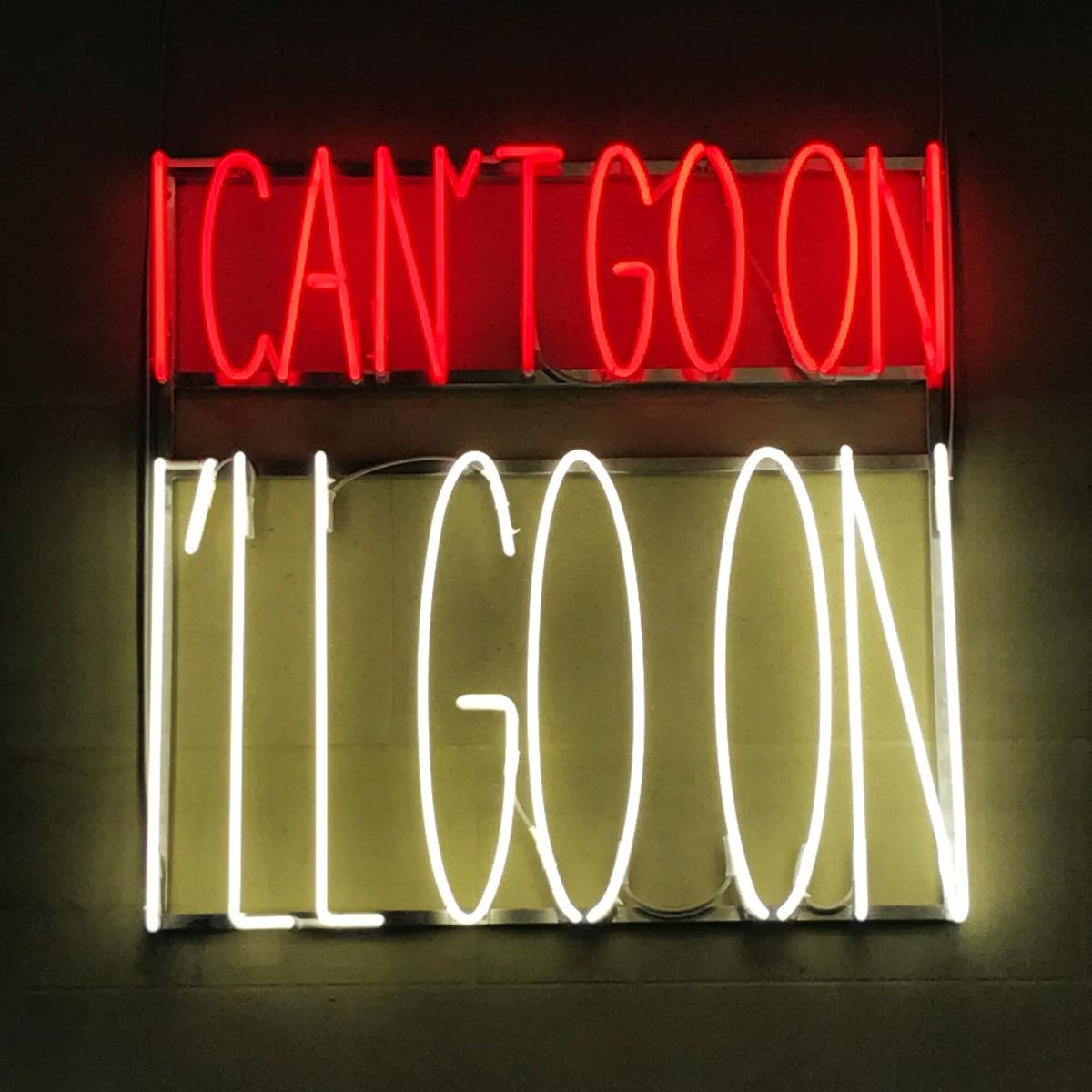The conceptual artist Alfredo Jaar has spoken out over the publication of previously unknown details of CIA “black sites” in Afghanistan and Thailand, and the torture suffered there.
Speaking ahead of the opening of his exhibition at the Yorkshire Sculpture Park (YSP) this week, Jaar condemned the savagery of the CIA’s interrogation techniques as revealed by the Guardian newspaper on Monday. Jaar’s show includes The Garden of Good and Evil, an installation consisting of a grove of 101 conifer trees concealing nine prison cells, which refer to the secret black site detention facilities operated by the CIA outside the US. The work is due to be permanently installed at the YSP after the show closes (14 October-8 April 2018).

Courtesy the artist, New York and YSP. Photo © Jonty Wilde
Based on declassified CIA and Pentagon documents, the Guardian article describes in unprecedented detail the “enhanced interrogation techniques” used in a secret prison near Kabul, Afghanistan, codenamed Cobalt and known as “the Darkness” to its prisoners.
There, detainees were shackled in pitch black unheated concrete boxes, often naked and deprived of sleep. They faced methods including holds and slaps, walling (when a collar is placed around the prisoner's neck and they are slammed against a false wall) and water dousing (where they were placed nude in the middle of a plastic sheet and forced to lie in pools of ice water). The documents also provide a blow by blow account of the hours leading up to the death of Gul Rahman, who perished of hypothermia just 69 days after the prison was opened in September 2002.
“The brutality of what I read was beyond anything I had learned about [black sites],” Jaar tells The Art Newspaper. “If I thought I was prepared after all the research I have done on this subject, I was not.”
The documents obtained by the Guardian were scheduled to be entered as exhibits as part of a lawsuit against James Mitchell and John “Bruce” Jessen, the men who designed the torture regime. In August, Gul Rahman’s family and Mohamed Ben Soud and Suleiman Abdullah Salim, two surviving prisoners of the Afghan black site, reached an out-of-court settlement. The papers were nonetheless released during pre-trial discovery.
Jaar, who describes himself as a frustrated journalist, says articles such as the Guardian’s are “more necessary than ever”. He adds: “Those trying to discredit journalism will fail: it is the fourth estate. I have said often that the spaces of art and culture are the last remaining spaces of freedom. But this kind of investigative journalism suggests otherwise: that the media landscape can still contribute to our understanding of the world, and make a difference.”


